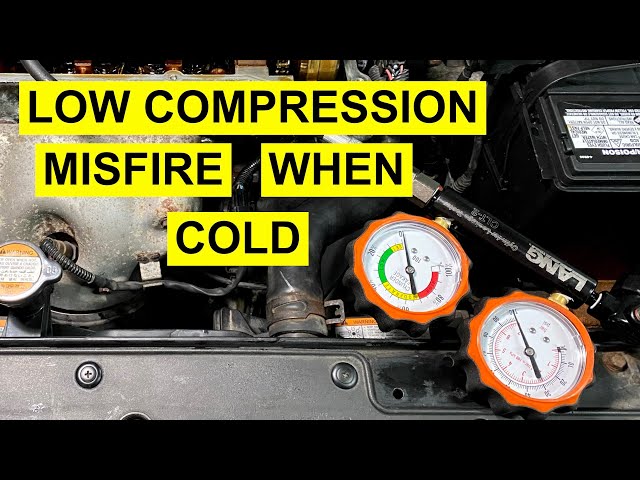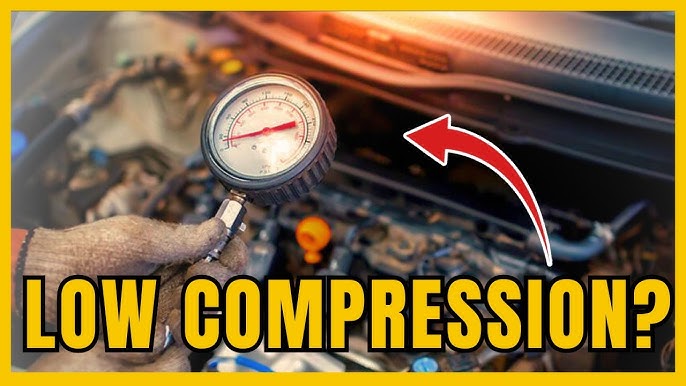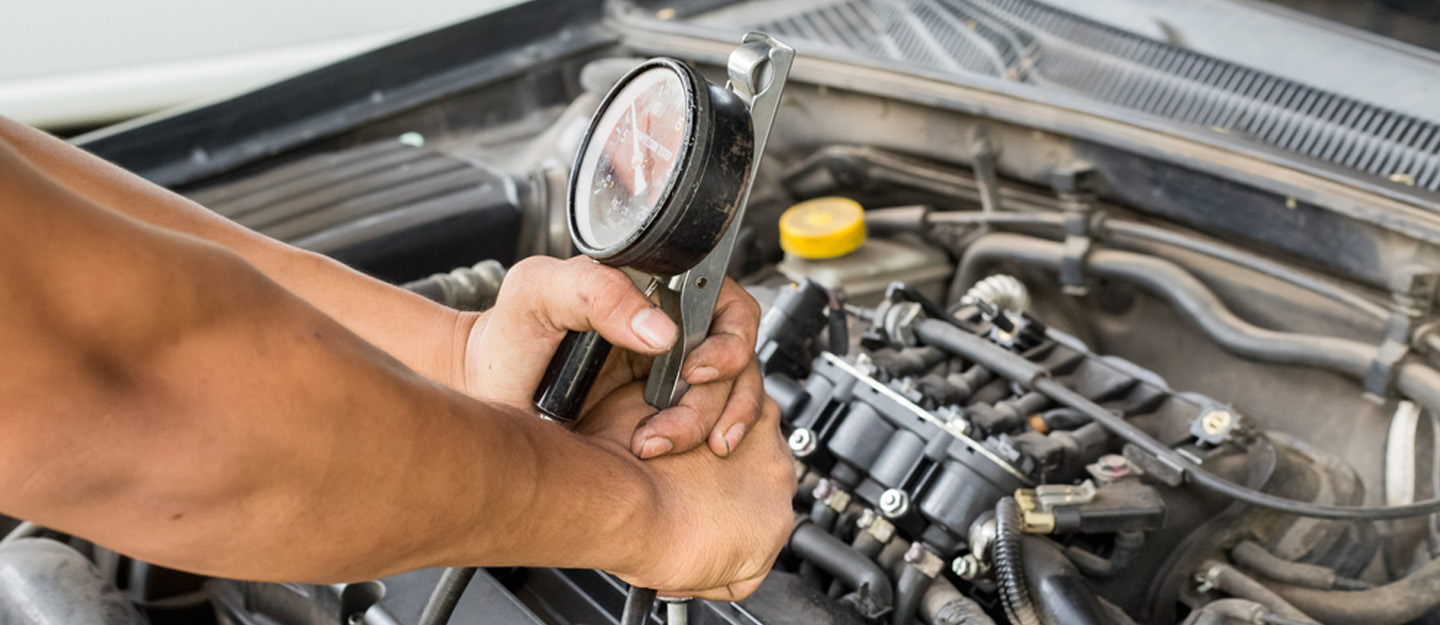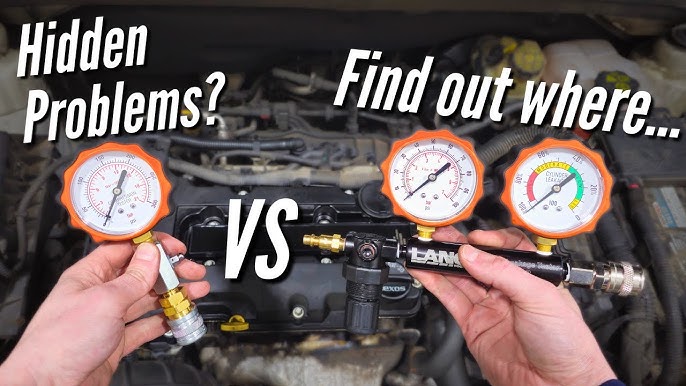So my old pickup started sounding like a sack of marbles in a dryer last Tuesday. Rough idle, no power uphill, exhaust puffing blue smoke like a mosquito fogger. Instantly knew something was majorly wrong down in the engine guts. Pulled the dipstick – oil level weirdly high and smelled like gasoline. Bad signs, man.

The Suspect: Low Compression
First step? Gotta figure out which donkey isn’t pulling its weight. Grabbed my cheap compression tester kit – absolute bargain bin stuff. Pulled out all the spark plugs (they looked fouler than a truck stop toilet, by the way). Screwed the tester into cylinder one, cranked the engine a few good turns. Gauge barely budged. Did this for all eight holes.
Results were grim:
- Cylinder 1: 75 psi
- Cylinder 3: 80 psi
- Cylinder 7: 60 psi (this one was practically dead)
- The others? Barely scraping 90-100 psi
A healthy engine? Should be pushing 130-150 psi, easy. Mine was gasping for air.
Panic Mode: Expensive Nightmares
Heart sank. Imagined cracked blocks, busted pistons, needing a whole damn engine swap. Quotes from shops? You don’t wanna know. Mortgage territory. Figured I was doomed. Started browsing junkyards for a replacement beater.
Finding the Cheap Hail Marys
Desperation makes you dig deeper online. Read forum rants until my eyes bled. Found some old-timer tricks claiming to fix weak compression. Figured, what’ve I got to lose except more misery?

Step 1: The Oil Soak Trick
Targeted the weakest cylinders, especially ol’ number 7. Filled up a little squirt bottle with plain old 10W-30. Took the spark plug out, shot about a tablespoon of oil straight down into the cylinder hole. Messy? You bet. Re-did the compression test.
Number 7 jumped from sad 60 psi to almost 100 psi! Told me the piston rings were probably just gummed up solid, not snapped. A little hope.
Step 2: Full Engine Flush Attack
If oil helped one, maybe the whole engine needed a bath. Drained the nasty gasoline-smelling oil. Pouring in a can of high-mileage engine flush next. Let the engine idle for 15 minutes with that sludge dissolver swirling around. Sounded terrible. Smelled worse. Dumped that toxic soup out – it looked like used coffee grounds mixed with tar.

Step 3: Thicker Blood for Old Veins
Went with thicker 20W-50 oil this time, plus a bottle of that “high mileage oil treatment” goo everyone argues about online. Filled it up. Said a small prayer to the car gods.
Step 4: Italian Tune-Up (Brute Force)
Took it onto the highway. Floored it. Seriously. Held it at high RPMs for a good 20 minutes. Blew out a carbon storm cloud big enough to get me fined in California. Probably killed a few birds. Sorry, birds.
Did the Dumb Stuff Actually Work?
Got home sweating bullets. Let it cool overnight. Did the compression test again next morning.

- Cylinder 1: 110 psi
- Cylinder 3: 115 psi
- Cylinder 7: 95 psi (Still weak, but breathing!)
- Others: Between 115-125 psi
Not factory fresh. But miles better than the walking corpse it was before. Engine purrs now instead of gargling nails. Still got a slight oil thirst, but it’s manageable. For maybe $50 bucks in cheap fixes and elbow grease, I bought myself time. Maybe years. Avoided that junkyard.
Total cost? Oil, flush, thick goo – pocket change compared to a rebuild. Saved an engine? Feels like it. Worth a shot if yours is wheezing.
